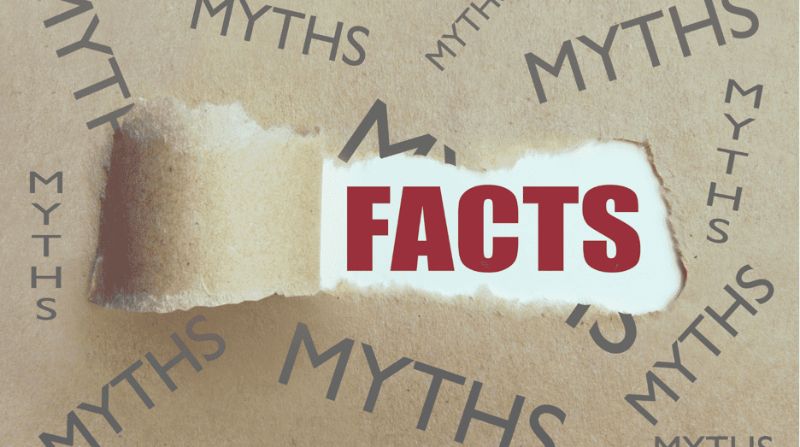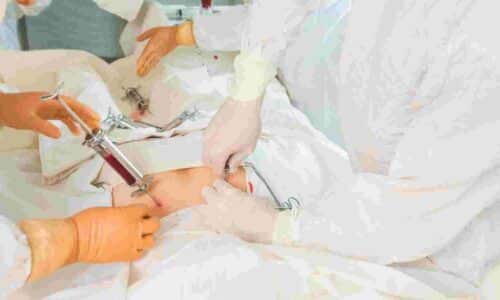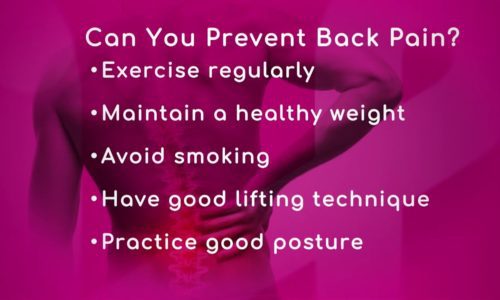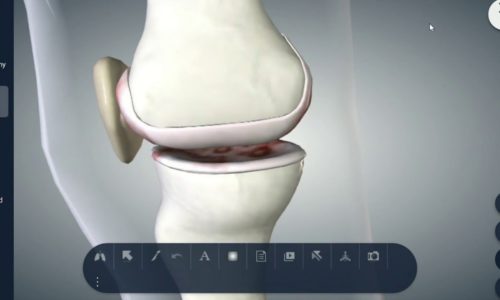What Happens When Spine Discs Degenerate? |

For some of us back pain is inevitable, especially as we age. On an episode of Health Insiders on the Health Channel, Dr. Gosha Brusovanik, a spine expert, answers questions and dispels some common misconceptions about back pain.
Dr. Brusovanik first tackles the myth of degenerative discs being a disease that causes back pain. “We all have degenerative discs just like we all have degenerative joints,” Dr. Brusovanik explains, “but that doesn’t mean you’ll have pain.” Dr. Brusovanik assures that few people suffer from back pain because of degenerative discs and even fewer people require an operation to fix them. There was a study conducted out of Emory University in which 80-year-olds were given a lower back MRI and 80% of them had surgical pathology. Despite this, these people reported no back pain.
Dr. Brusovanik goes on to discuss what actually happens when discs degenerate. He says that a normal disc maintains its height between the bones; that space between the bones is also where the nerves exit. It is a cushion, it allows flexion, and it acts like a joint. As the disc begins to degenerate, the height between the bones decreases and you begin to see some changes at the bony end plate; it shrivels up and begins to form a lip. As the disintegration gets worse, the space between the bones disappears. To alleviate instability created by loss of height in the bone, the body forms osteophytes, which are bony lumps at the bony end plate. “It may look ugly on x-rays or MRI, but it does not mean that the patients will be in pain,” Dr. Brusovanik states, “everyone’s anatomy is different. Some patients have more space for nerves, some patients have less. So, it all depends on the patient.” Usually, even if all a patient’s discs look similarly degenerated, they will be asymptomatic, only one of the discs might be causing pain. Degenerating discs can also cause height loss and could lead to other possible conditions that could cause pain. Loss of disc height causes other morphological changes, and these changes could be painful.
The next medical rumor the Health Channel host asks Dr. Brusovanik is as follows: Does shoulder pain possibly cause neck problems? Dr. Brusovanik answers that, yes it can. He explains that this is because of the trapezius muscle. The trapezius muscle begins at the occiput, or back of the head, and it continues all the way to the shoulders. It is a large, powerful muscle that connects the neck to the shoulders, that is how neck pain and shoulder pain correlate.
Dr. Brusovanik gives an example to demonstrate, “A patient gets a frozen right shoulder called adhesive capsulitis when they reach overhead, and it hurts. They try to reach behind their back, and it hurts. It especially hurts at night, and they can’t lay on their side. If your shoulder hurts you won’t move the trapezius because it is attached to the shoulder, but if you don’t move the trapezius and it spasms, that spasm will go over the length of the entire muscle.” Since the trapezius is attached to the head and is part of your neck musculature, Dr. Brusovanik says that patients will find that their whole neck and shoulder hurts. That is just one example of how shoulder pain can cause neck pain. It goes the other way as well; neck pain can frequently cause shoulder pain because they are so connected.
The Health Channel host then asks Dr. Brusovanik if it is true that the hip is not on your side but in the groin. Dr. Brusovanik answers that this is mostly true. Patients who come to him with back pain that goes down to their extremities will say they have hip pain, and they point to their side. Almost universally, that is where people understand their hip to be. Though, Dr. Brusovanik explains, the hip joint is actually in the groin. So, really it is groin pain that is caused by hip problems.
Dr. Brusovanik admits that this is not always the case though. About 20% of the time hip pain is felt at the buttocks and about 10% of the time it can be felt at the side, but it is more an exception to the rule than the standard. So even though we understand the hip as being on our side in our vernacular, the hip joint is actually right in the groin.
Dr. Brusovanik states that the hip can also signal issues for the spine. While usually the actual hip joint will not have any problems, the nerves that run from between the bones of the spine, to the extremities of the legs can cause pain on the patient’s side, leading them to believe there is something wrong with their hip.
The Health Channel host asks the doctor whether it is a fact or myth that a fracture can occur without trauma. Dr. Brusovanik replies that it can be both. The doctor explains that there are many cases where an elderly person, someone with osteopenia or osteoporosis, conditions in which the bone quality diminishes, can get compression fractures simply from sneezing or a minor fall. “These are fragility fractures of the spine where the bone kind of accordions down. It’s not dangerous; it’s not scary, but it’s very painful,” Dr. Brusovanik describes. So, yes, Dr. Brusovanik says that elderly can get back fractures with no trauma.
Though with people under 35, Dr. Brusovanik states, “They will frequently come in with a story where, ‘I can’t bend backwards, I saw a specialist and I’m told that I have a spine fracture.’ That’s actually not a fracture that’s called spondylolysis which is a congenital problem. It’s a misnomer to call that a fracture.” The doctor asserts that young people do not get fractures without trauma, whether it be smaller, repetitive instances of trauma or an injury that occurs all at once.
Watch the full segment of Dr. Georgiy Brusovanik distinguishing back pain myths from facts, here: https://youtu.be/bH4M-i4JJrg








